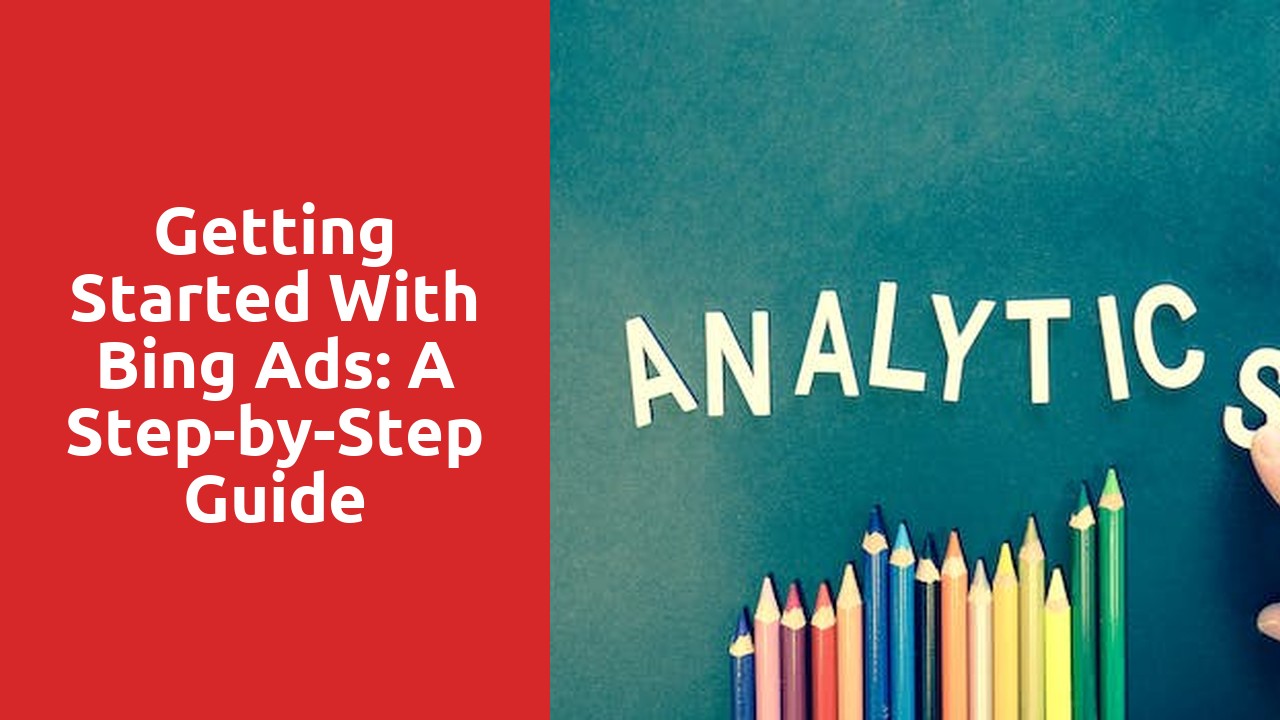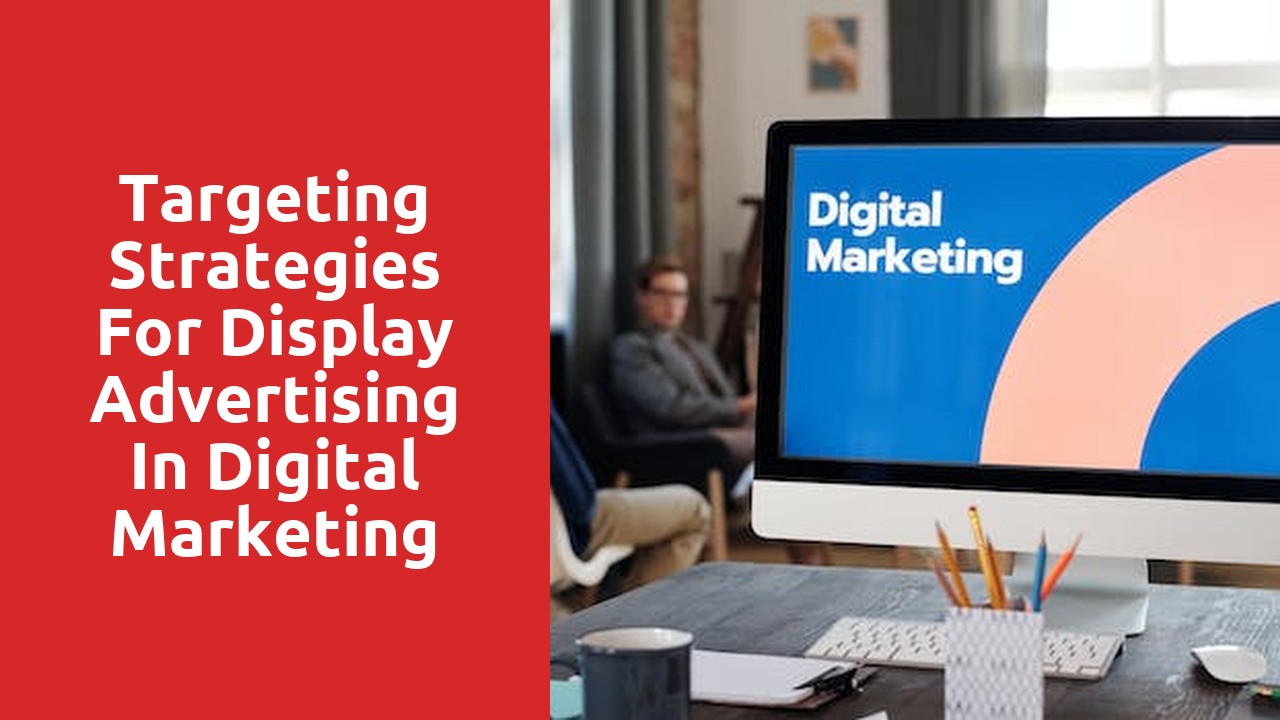Understanding the Key Factors Affecting Your Google Ads Performance
To maximize the performance of your Google Ads, it is crucial to understand the key factors that directly impact their effectiveness. One of the most significant factors is the quality score assigned to your ads by Google. This score is determined by various factors, including the relevance and quality of your ad copy, the landing page experience, and the historical performance of your account. A high-quality score not only improves the visibility of your ads but also reduces the cost per click, making your campaigns more cost-effective.
Another critical factor that affects your Google Ads performance is the choice of keywords. It is essential to conduct thorough keyword research to identify the most relevant and high-volume terms that align with your advertising goals. By selecting the right keywords, you can ensure that your ads are displayed to people actively searching for the products or services you offer. Moreover, using negative keywords can also help refine your targeting and ensure that your ads are not displayed in irrelevant searches, thus increasing your campaign’s overall efficiency.
By understanding and optimizing the quality score of your ads and selecting the most relevant keywords, you can enhance the performance of your Google Ads campaigns. However, these two factors are just the tip of the iceberg, there are several other important elements to consider. In the upcoming sections, we will delve deeper into these factors, providing you with valuable insights and strategies to optimize your Google Ads performance and achieve your advertising objectives. Stay tuned!
How to Improve Relevance and User Experience in Your Ad Campaigns
When it comes to running successful ad campaigns, improving relevance and user experience should always be at the top of your priority list. In today’s competitive digital landscape, capturing the attention of your target audience requires more than just flashy visuals and catchy slogans. It’s crucial to ensure that your ads are relevant to the interests and needs of your audience, while simultaneously providing a seamless and enjoyable user experience.
To start, consider conducting thorough market research to gain a deep understanding of your target audience. What are their demographics, interests, and pain points? Once you have this information, tailor your ad campaigns to address their specific needs and desires. This could involve creating personalized ads that speak directly to their interests, using language and imagery that resonates with them. Additionally, take advantage of targeting options offered by various advertising platforms to reach only the most relevant audience segments.
Furthermore, optimizing user experience is key to keeping your audience engaged and interested in your ads. Make sure the landing pages or websites that your ads lead to are optimized for easy navigation and quick loading times. Mobile responsiveness is also crucial, as more and more users are accessing content on their smartphones. By providing a seamless and user-friendly experience, you’ll not only improve customer satisfaction but also increase the likelihood of conversions.
Remember, relevance and user experience go hand in hand when it comes to creating successful ad campaigns. By truly understanding your target audience and optimizing the user experience, you’ll be able to capture their attention and drive meaningful results.
Crafting Compelling Ad Copy that Boosts Click-Through Rates
The art of crafting compelling ad copy lies in capturing the essence of the product or service and presenting it in a way that resonates with the target audience. To boost click-through rates, it is imperative to understand the needs, desires, and pain points of the potential customer. By aligning the messaging with their motivations, you can create a connection that compels them to take action.
An effective ad copy should be concise and impactful. Instead of bombarding the audience with excessive information, focus on delivering a clear and concise message that highlights the unique selling points. Utilize powerful words that evoke emotions and create a sense of urgency. By creating a sense of exclusivity or limited availability, you can instill a fear of missing out (FOMO) that prompts immediate action. Additionally, incorporate strong calls to action that direct the audience to click on the ad, emphasizing the benefit they will gain from doing so. By employing these techniques, you can craft ad copy that not only grabs attention but also drives higher click-through rates.
The Importance of Landing Page Experience and Optimization
Creating a successful online marketing campaign requires more than just driving traffic to your website; it also involves providing a seamless and engaging user experience. That’s where landing page experience and optimization come into play. A landing page is a web page specifically designed to capture visitor’s information or lead them to take a desired action. But a poorly designed or irrelevant landing page can quickly turn visitors away, resulting in missed opportunities and wasted ad spend. That’s why it is crucial to prioritize landing page experience and optimization to ensure maximum conversion rates and return on investment.
Optimizing your landing pages involves a combination of elements such as design, content, and functionality. A visually appealing and user-friendly interface can help to captivate visitors’ attention and encourage them to stay and explore further. High-quality and relevant content that clearly communicates your value proposition can build trust and credibility with potential customers. Additionally, implementing clear calls-to-action and minimizing distractions can guide visitors towards the intended conversion goal. By continuously testing and analyzing the performance of your landing pages, you can identify areas for improvement and make data-driven decisions to enhance the overall user experience. With effective landing page experience and optimization, you can not only boost your conversion rates but also strengthen your online presence and establish a positive brand image.
Exploring the Role of Ad Extensions in Enhancing Ad Rank
Ad extensions play a crucial role in enhancing the ad rank of a digital advertisement. By providing additional information and links, they help to make the ad more prominent and attractive to potential customers. These extensions can include a variety of features such as location information, call buttons, site links, and social media links, among others.
One of the main benefits of ad extensions is that they provide users with more relevant and useful information about the advertised product or service. This additional information can help users make informed decisions and increases the likelihood of them clicking on the ad. Furthermore, ad extensions also contribute to increasing the overall click-through rate and engagement with the advertisement. By showcasing the business’s unique selling points and providing relevant links, ad extensions can significantly improve the success of a digital advertising campaign.
Bidding Strategies for Maximizing Your Ad Rank Potential
Effective bidding strategies are crucial for maximizing your ad rank potential. When it comes to bidding on keywords, it’s essential to strike the right balance between bid amount and ad quality. A higher bid alone does not guarantee success; you must also focus on creating compelling, relevant ads that resonate with your target audience. By conducting thorough keyword research and utilizing match types strategically, you can ensure that your ads are shown to the most relevant users, increasing the likelihood of achieving a higher ad rank.
In addition to keyword research and match types, using bid adjustments can further enhance your ad rank potential. Bid adjustments allow you to increase or decrease your bids based on various factors such as device type, location, and the time of day. By analyzing your campaign data and identifying patterns, you can make data-driven bid adjustments that align with your advertising goals. For example, if you notice that your ads perform exceptionally well during specific hours, you can increase your bids during those time slots to maximize your chances of reaching your target audience at the right moment.













